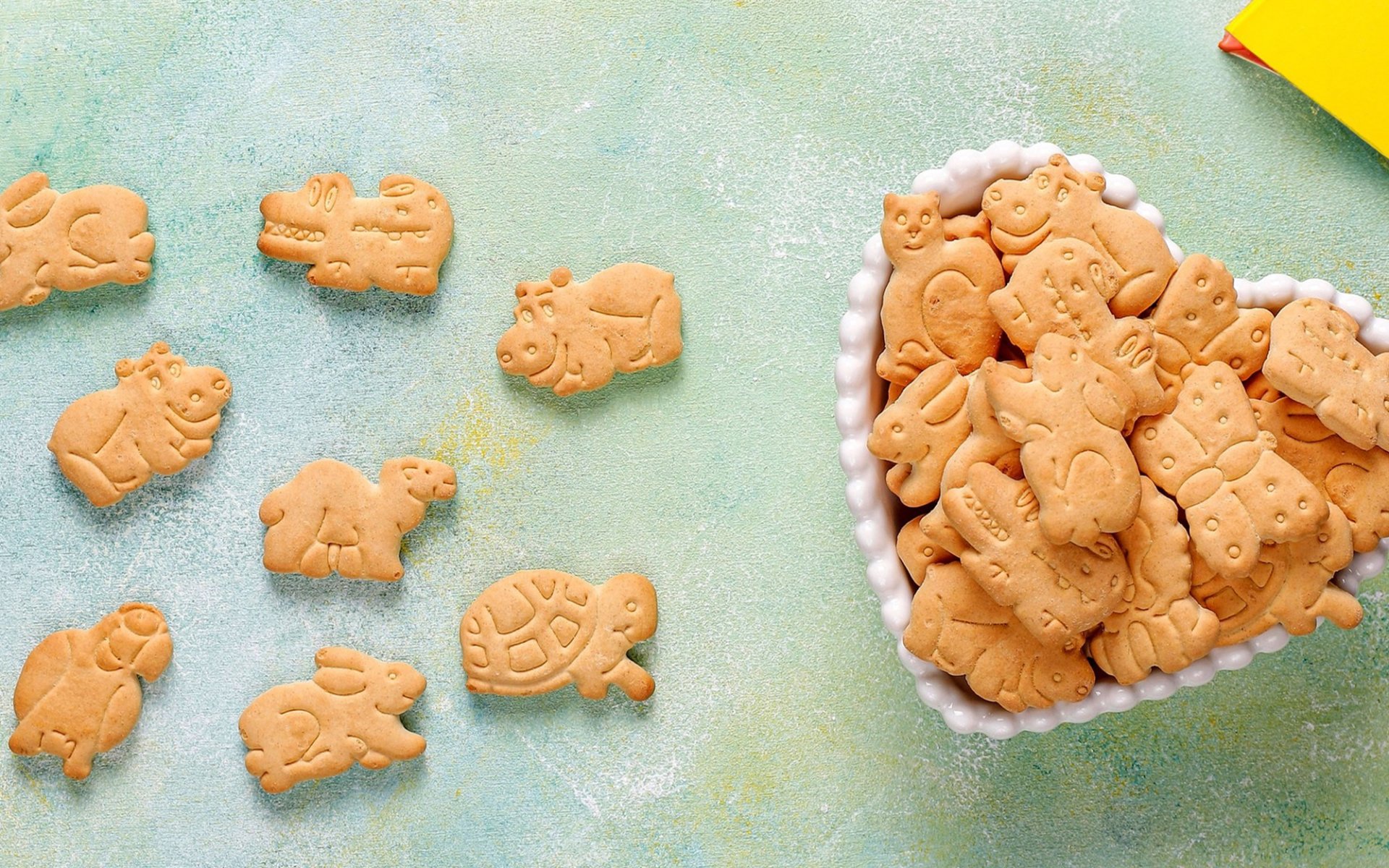Animal Crackers

The tradition of baking cookies shaped like various animals dates back to the 17th century. In ancient times, it was believed that people too poor to offer live animals to deities during rituals would bake animal-shaped bread and cookies as substitutes. This practice laid the foundation for the production of Animal Crackers as we know them today. Today, Rimping Supermarket invites you to delve into the fascinating story of this classic childhood favorite.
Commercial Beginnings: Stauffer Biscuit and Nabisco's Barnum's Animals
In 1871, the Stauffer Biscuit Company in York, Pennsylvania, began commercially producing animal-shaped crackers, which quickly gained immense popularity. Subsequently, homemade bakers also started making their own versions.
Later, in 1902, the National Biscuit Company, or Nabisco (the company behind Oreo cookies), revolutionized the animal cracker industry with the launch of Barnum's Animals. These animal-shaped crackers were named after the famous circus showman, P.T. Barnum, and came in a rectangular box designed to resemble the circus train cars used to transport animals.
Marketing Strategy and Diverse Forms
The colorful boxes adorned with various animals greatly captured children's imaginations. Furthermore, the packaging was designed with a string loop on top, intended for hanging the boxes on Christmas trees. This clever concept was a marketing strategy that made animal crackers popular during the Christmas season.
Early versions of Nabisco's animal crackers typically featured only a few animal types, such as lions, elephants, bears, camels, and others. However, in 1948, the company added new animal species, and in 2002, they added a koala to celebrate the 100th anniversary of Barnum's Animals. Currently, Nabisco offers a remarkable 37 different animal shapes, including tigers, cougars, rhinoceroses, kangaroos, hippopotamuses, cows, bison, hyenas, zebras, sheep, gorillas, monkeys, seals, and giraffes.
Beyond the expanding variety of shapes, the molds for the animal crackers also evolved. Modern versions feature more detailed and realistic animal designs.
Cultural Phenomenon and Societal Adaptation
Over the years, animal crackers gained immense popularity, leading to their appearance in various media, from Shirley Temple's famous song Animal Crackers in My Soup to appearances in films, television shows, and children's books.
Moreover, animal crackers transcended their role as a mere snack, becoming part of educational and social activities. Parents and teachers often use them as teaching tools for children, helping to introduce different animals and encouraging imaginative play.
In 2020, the company changed the design on its boxes to depict animals roaming freely in grasslands, replacing the previous images of caged animals. This was a response to animal rights groups and changing societal attitudes regarding animal welfare. The new box perfectly reflects that our society no longer tolerates animals being confined in cages and chains.
Animal Crackers Today: Enduring Popularity and Diverse Options
Today, animal crackers continue to be cherished by people worldwide, with many companies producing them. Each company also adapts them to modern tastes and nutritional concerns, offering versions made with organic ingredients, whole grains, as well as gluten-free and reduced-sugar options.


